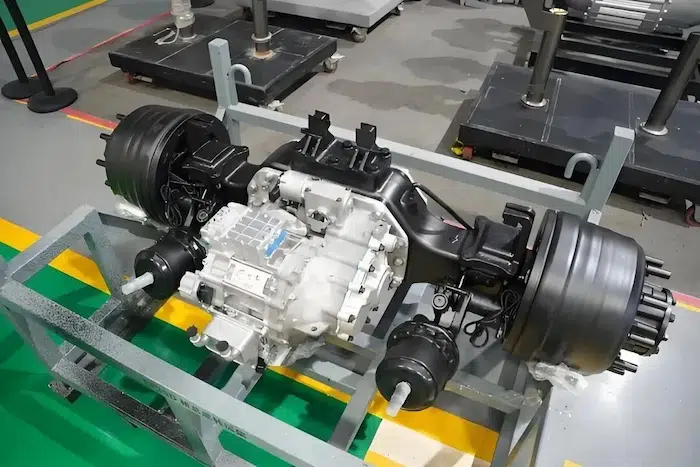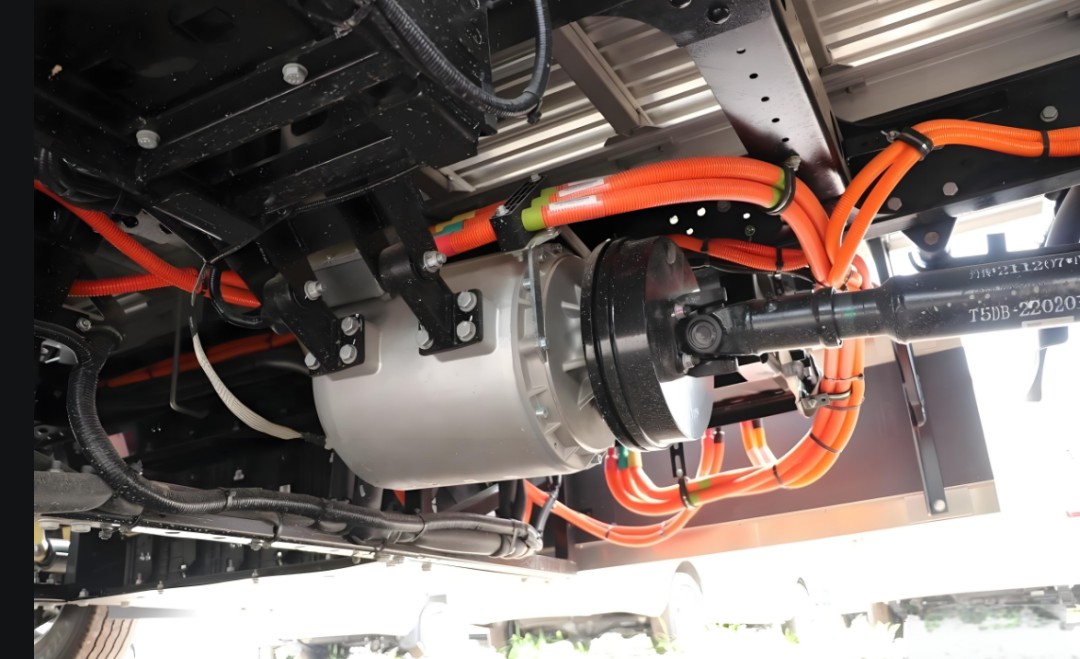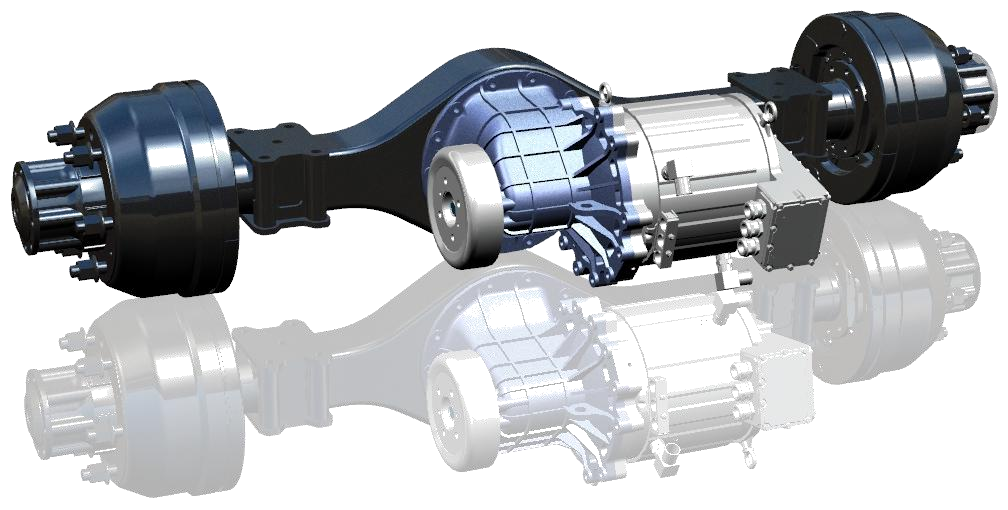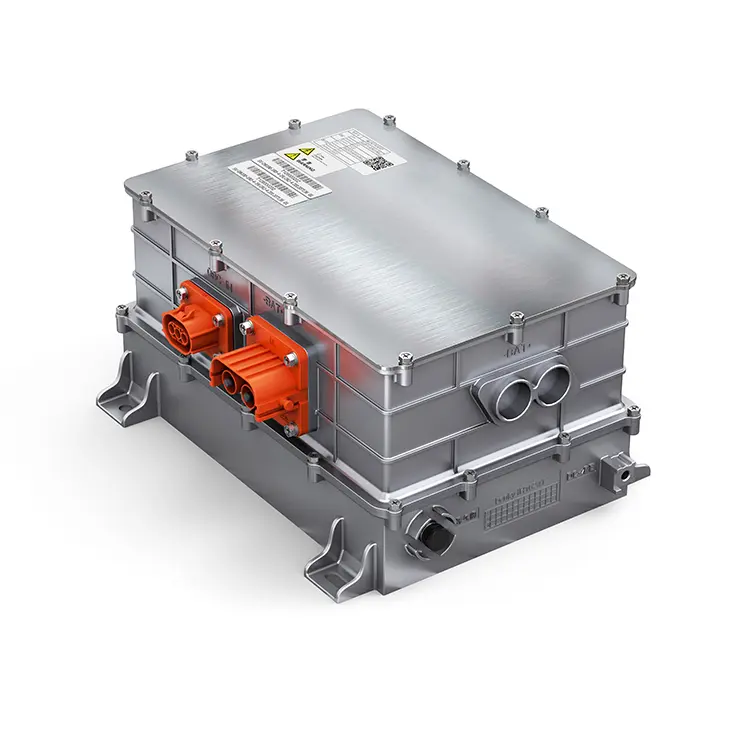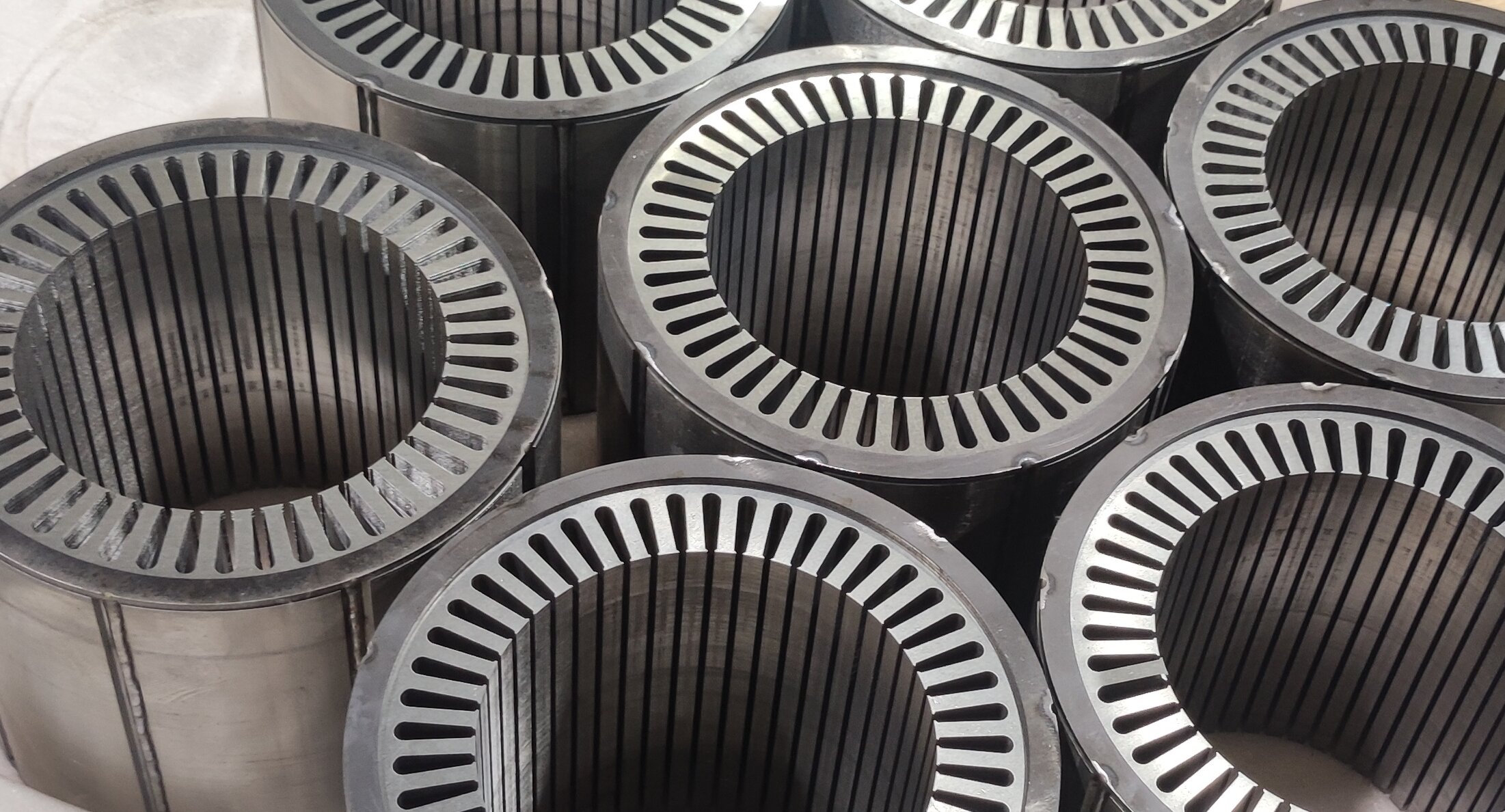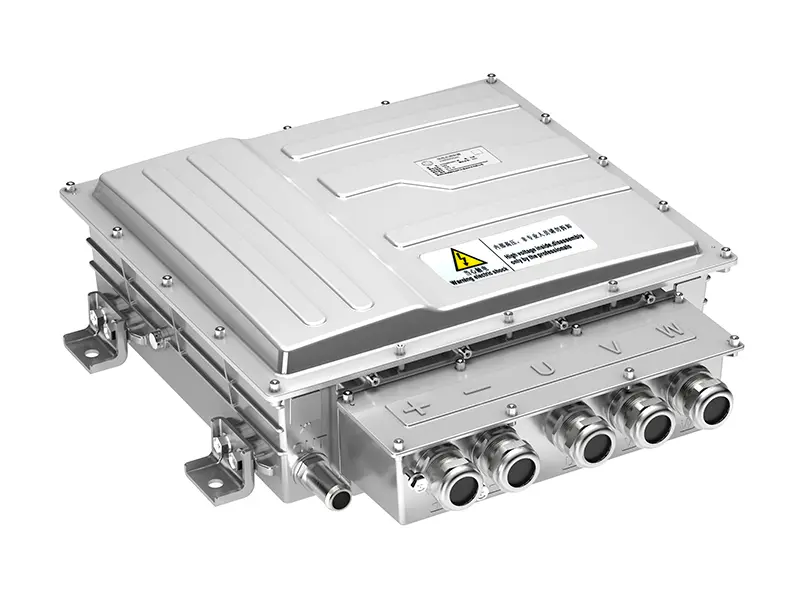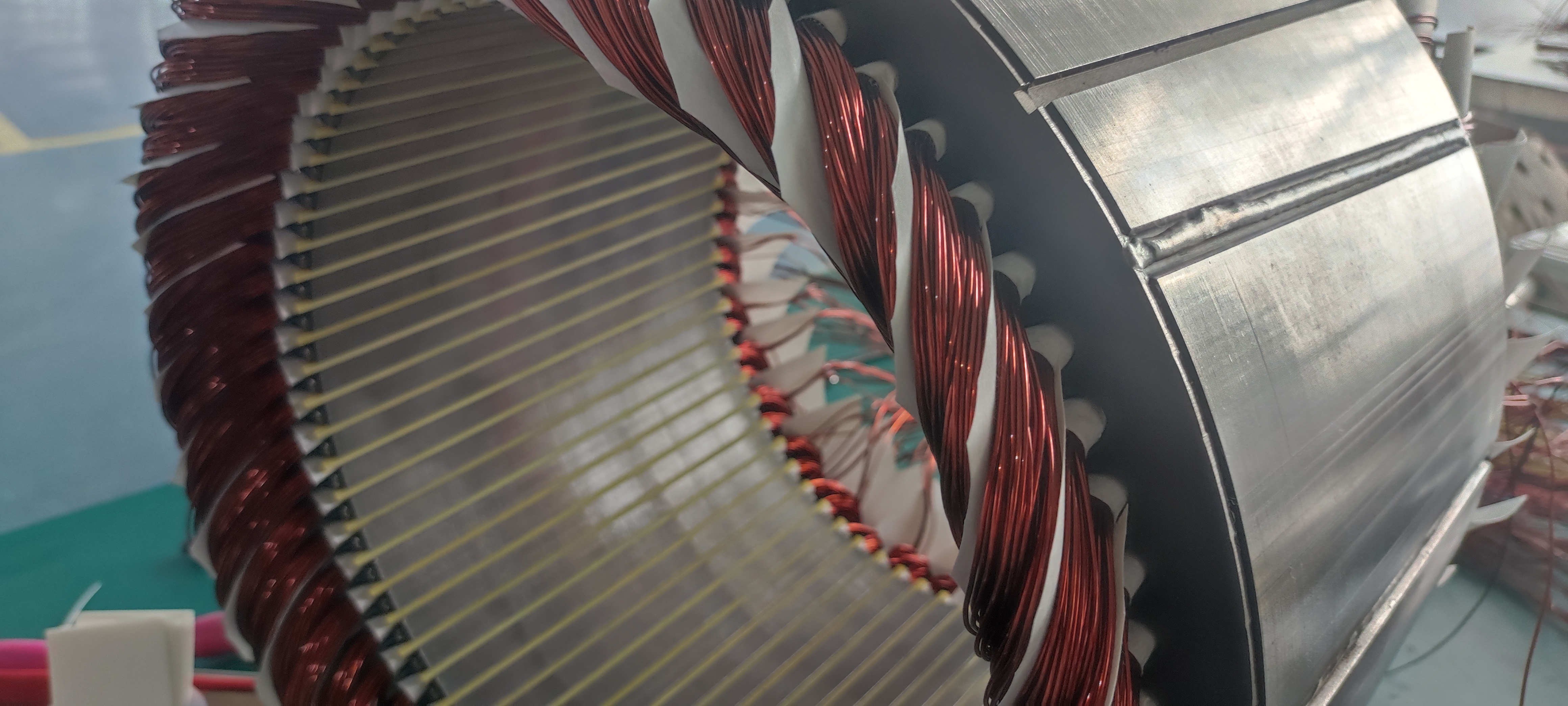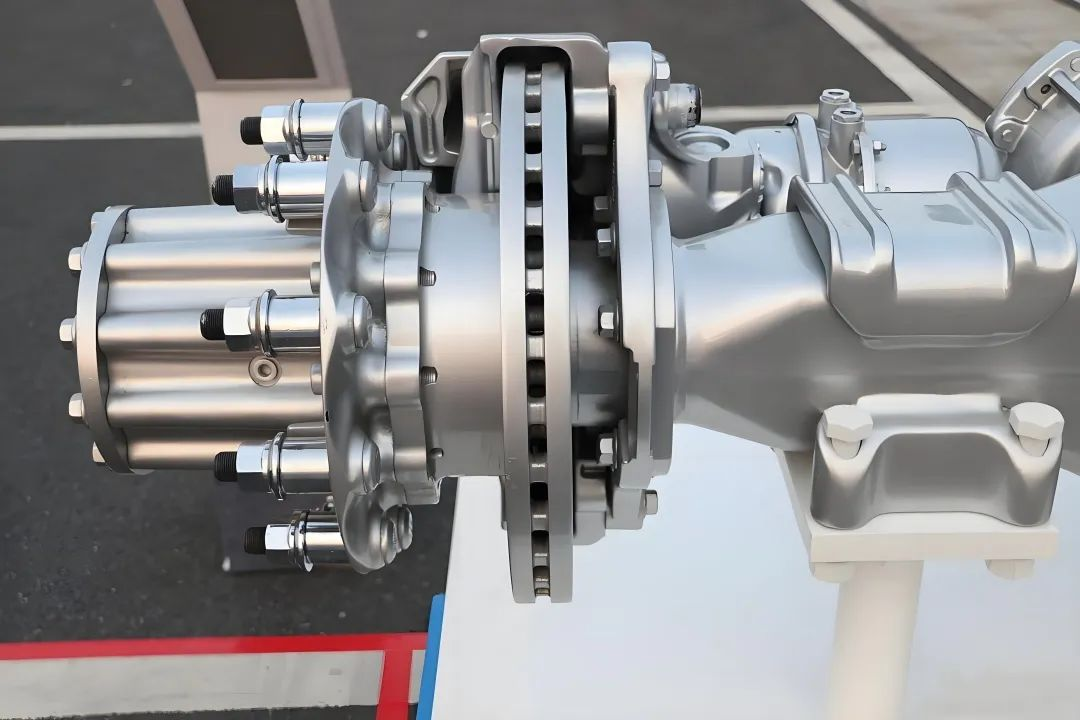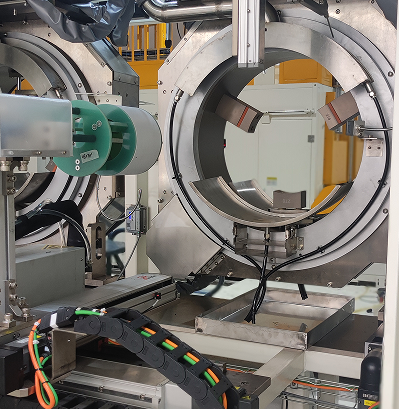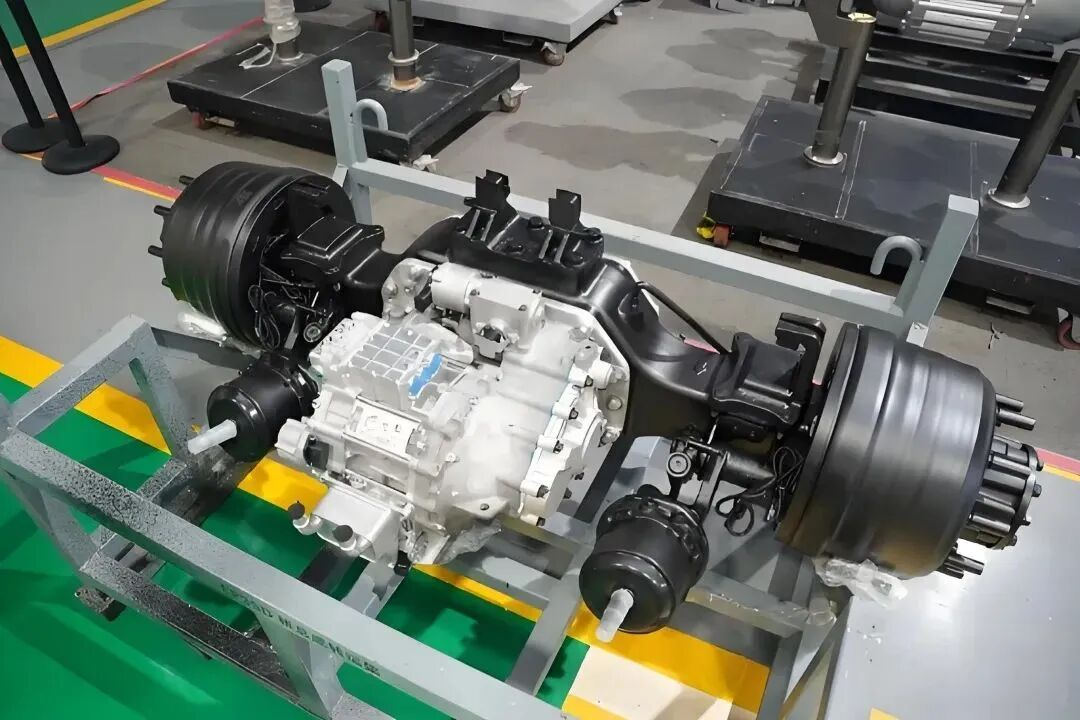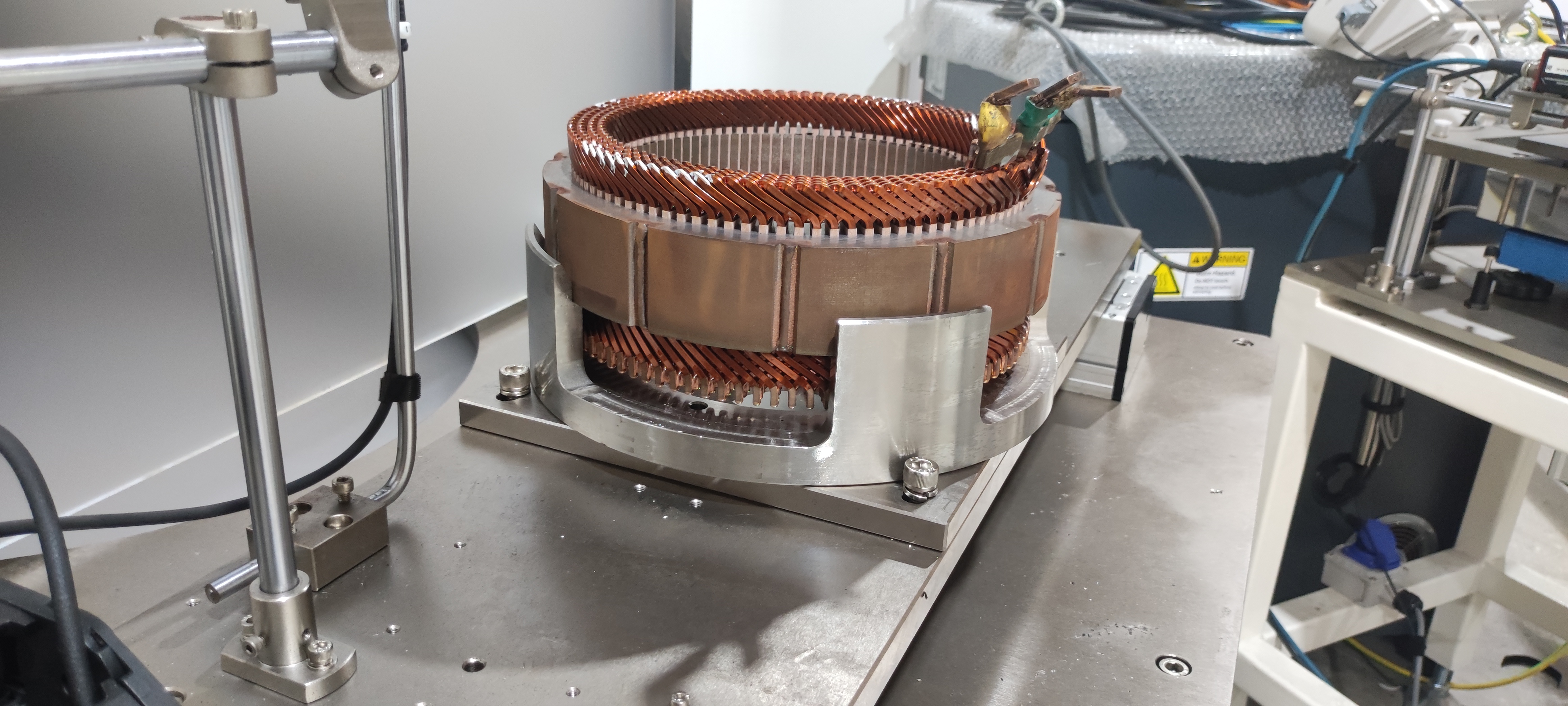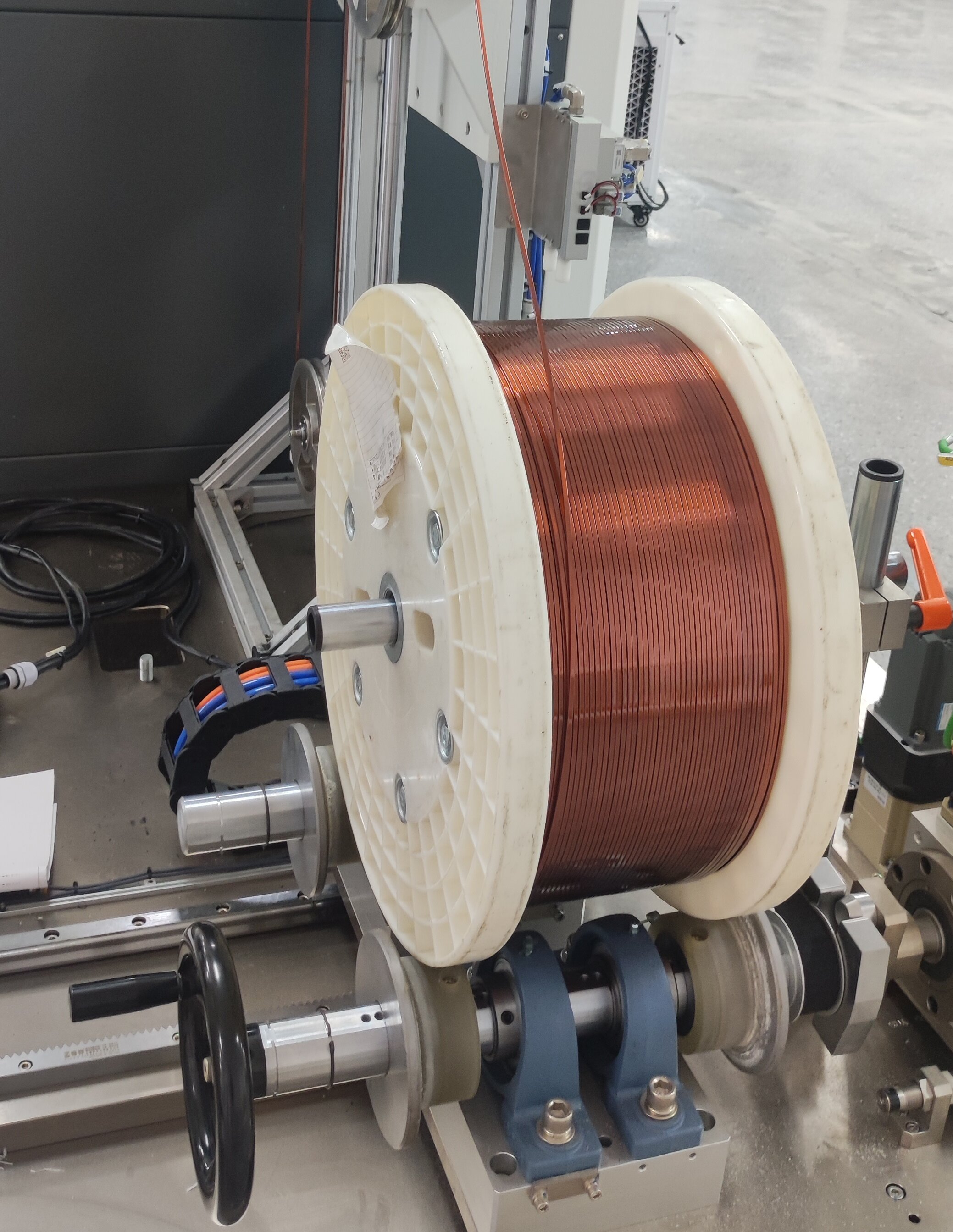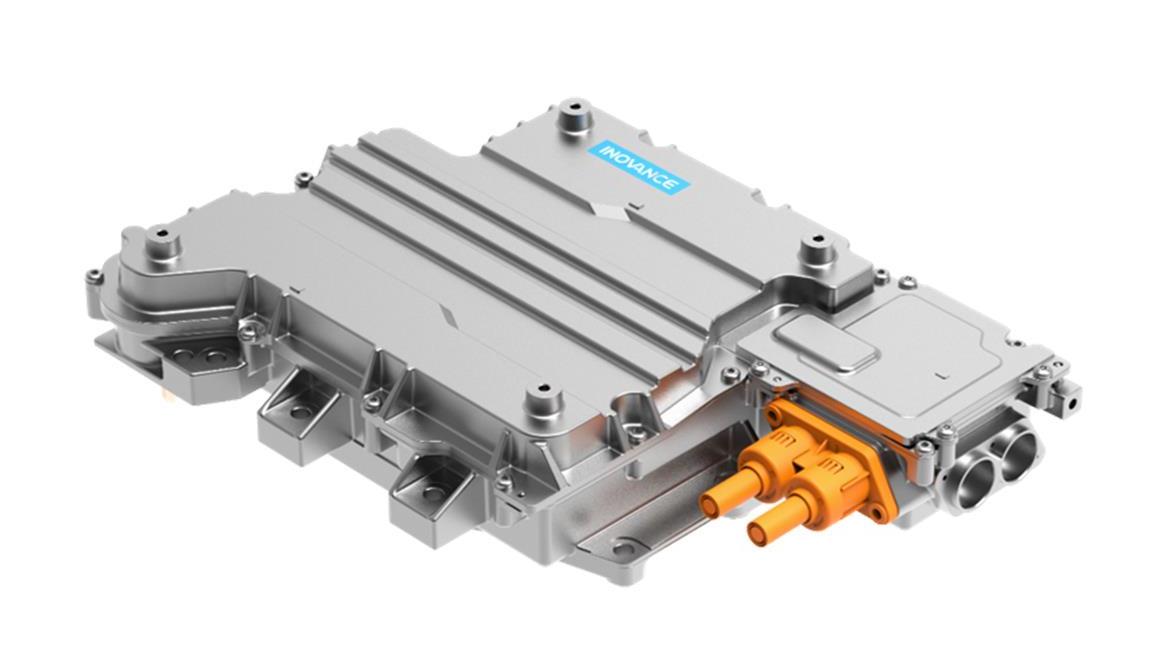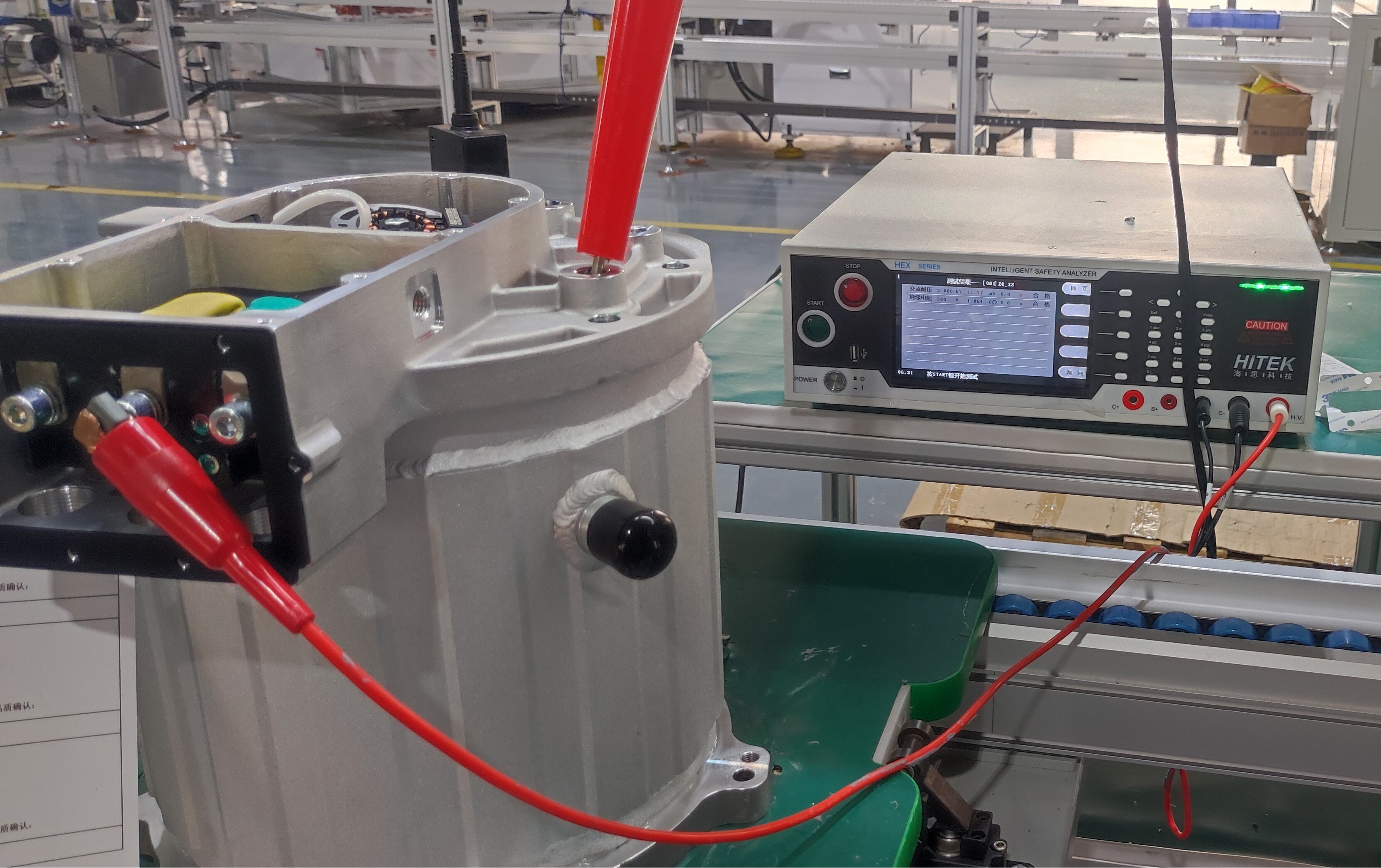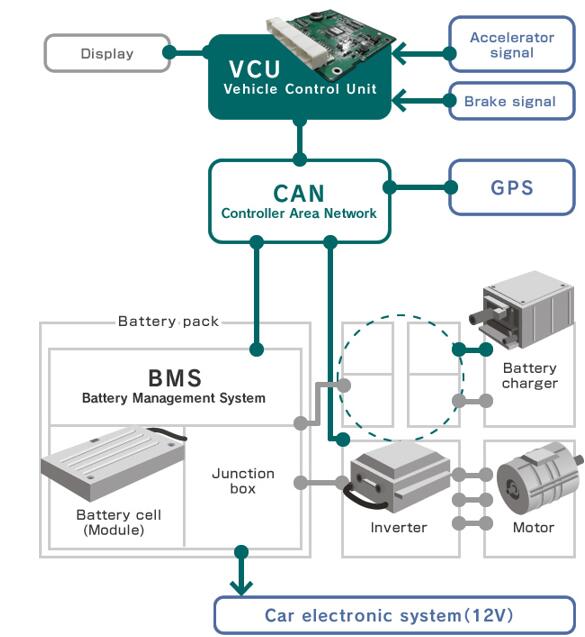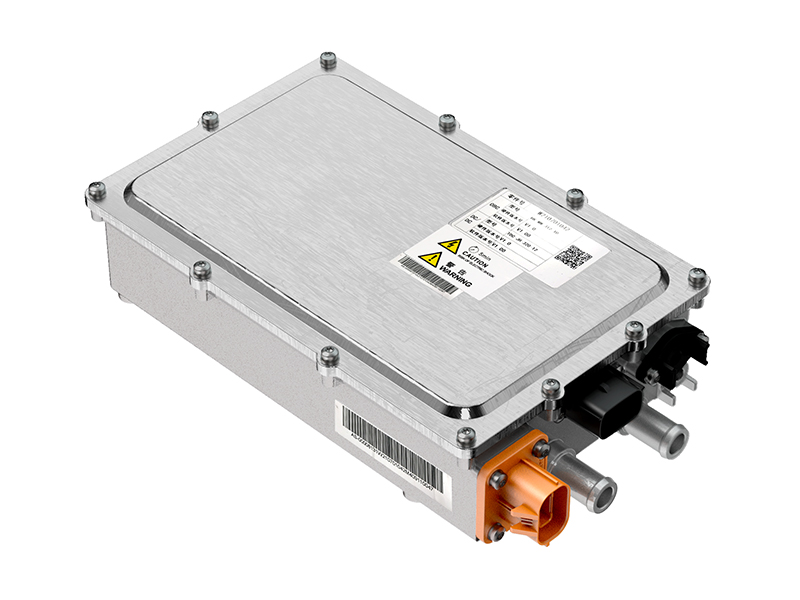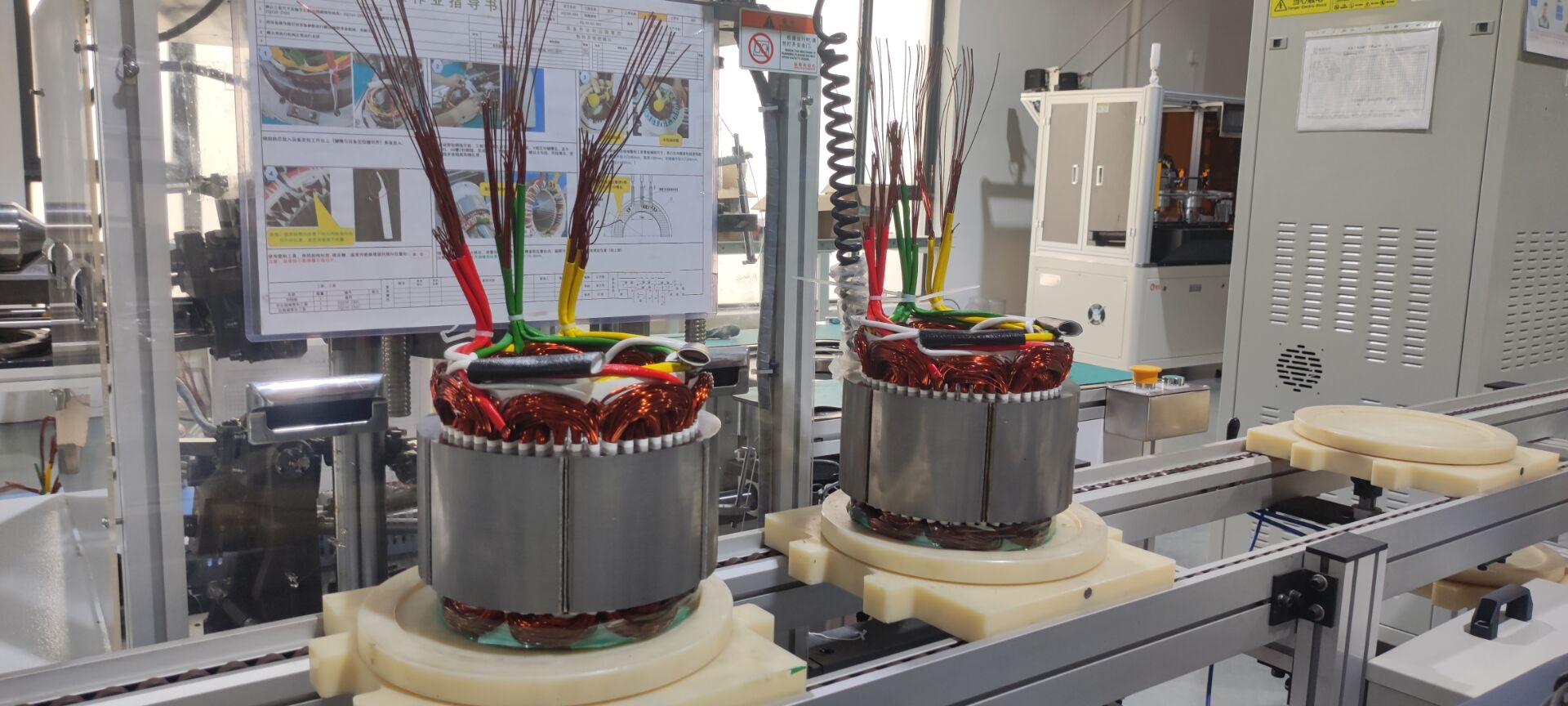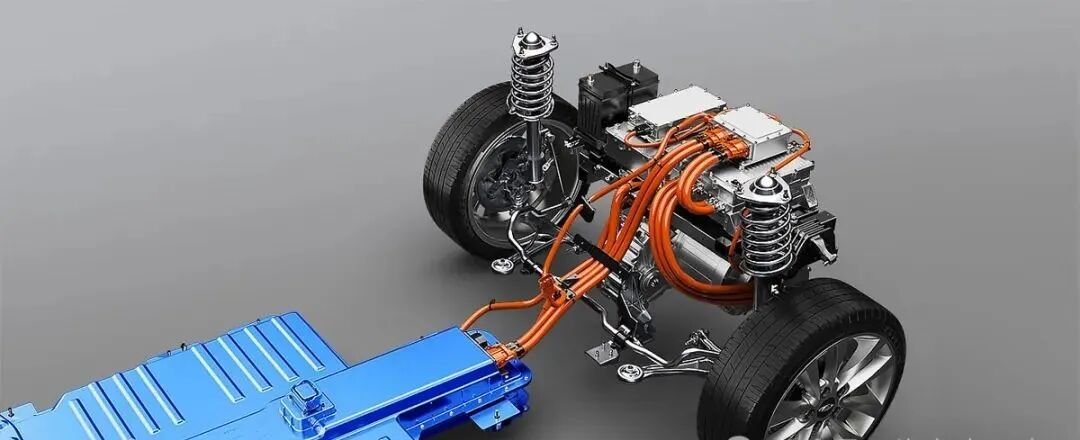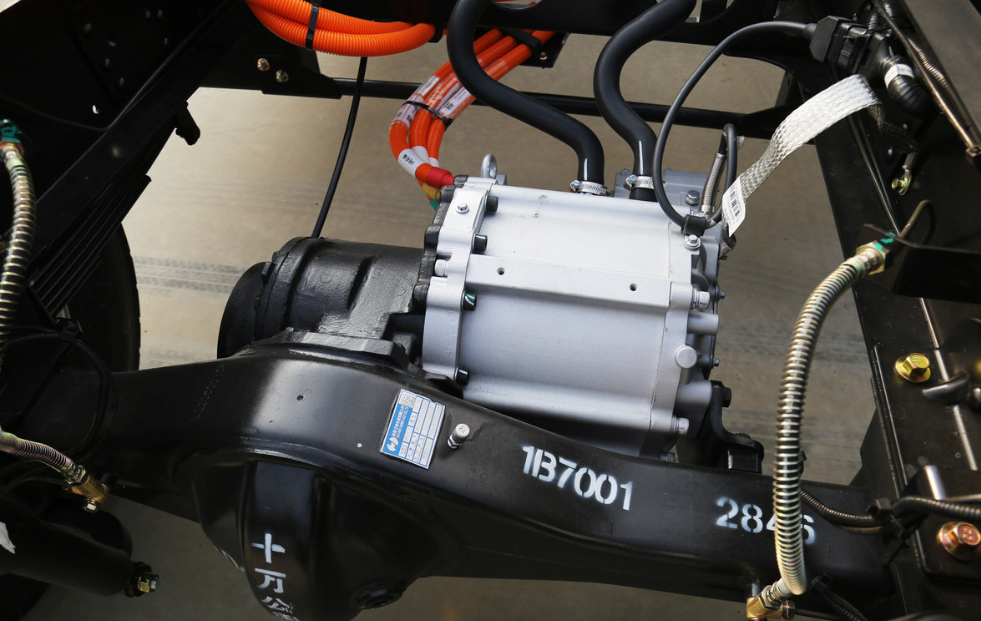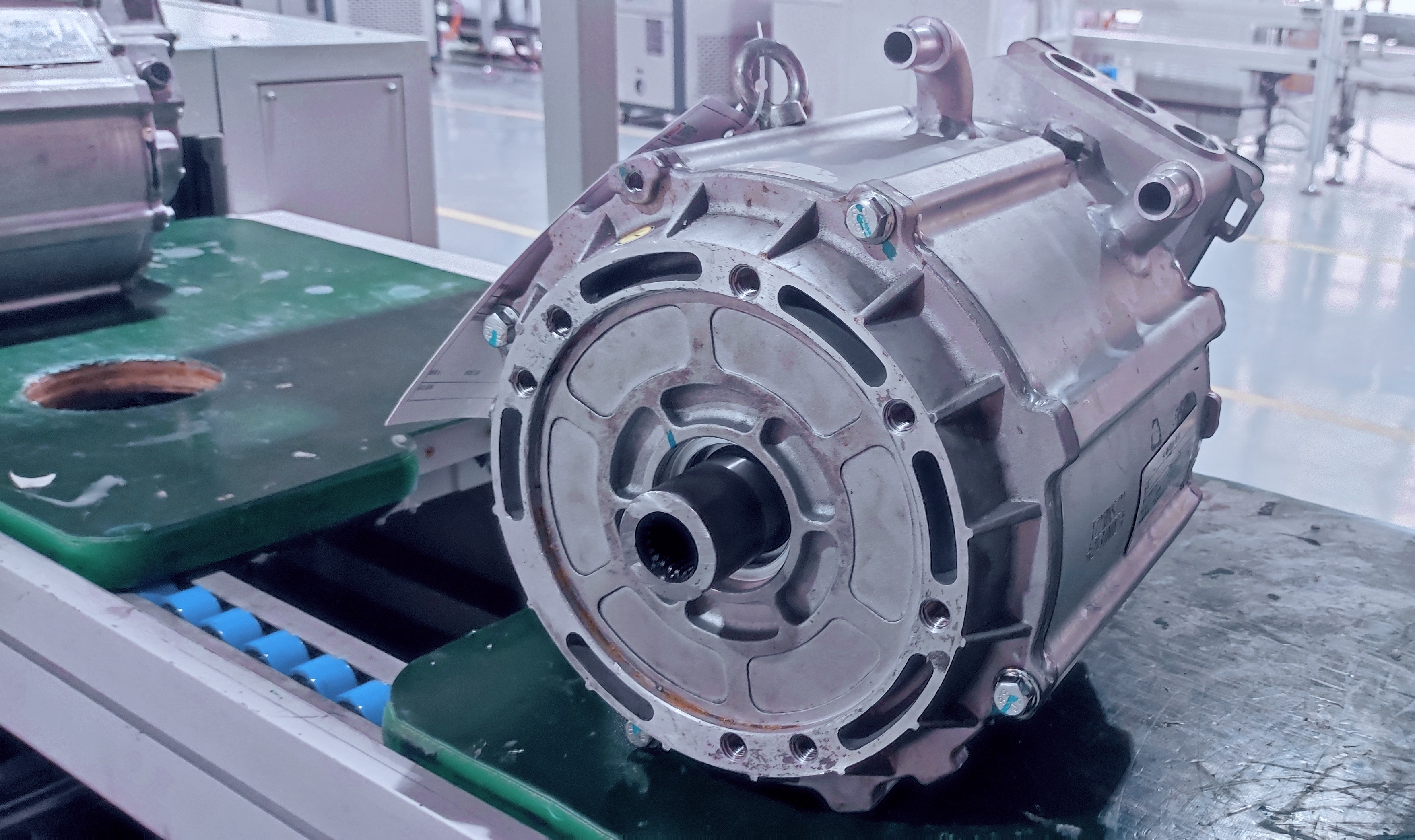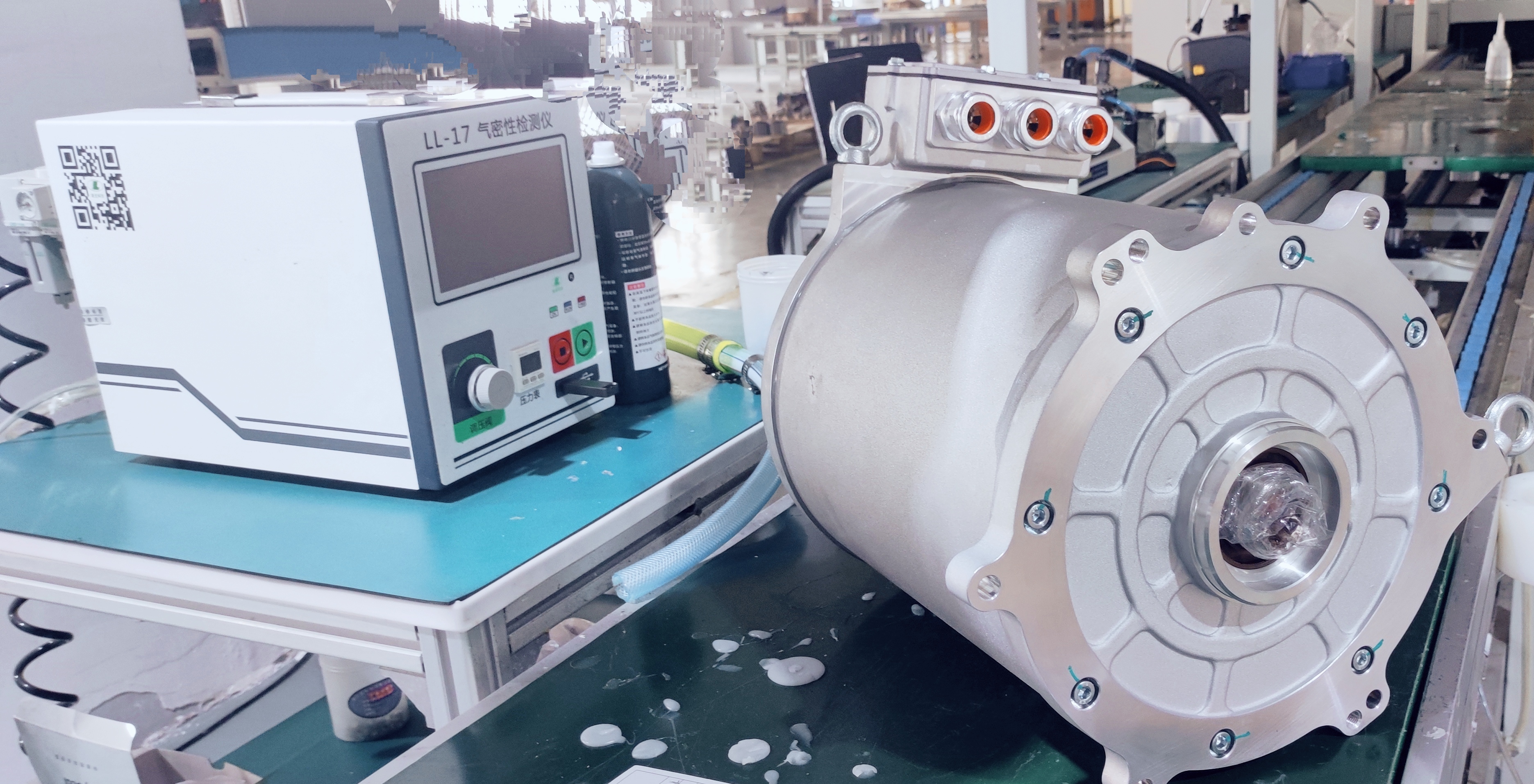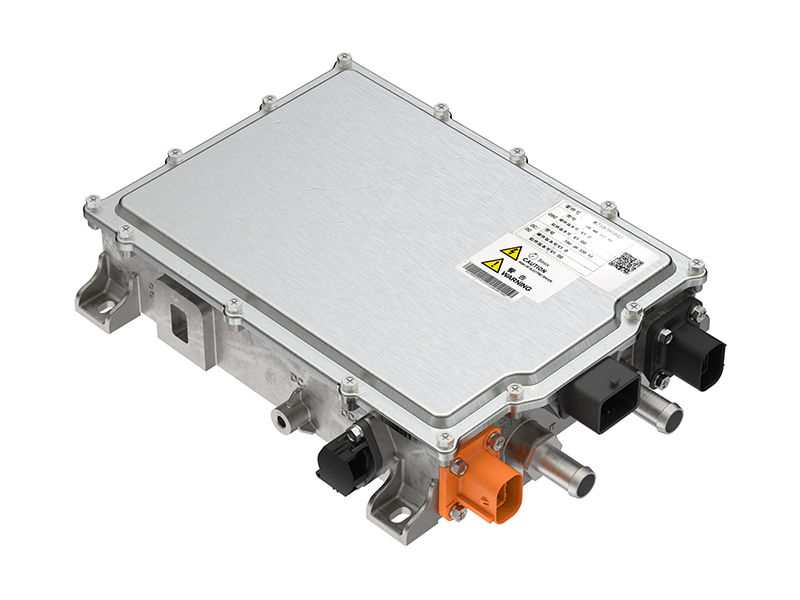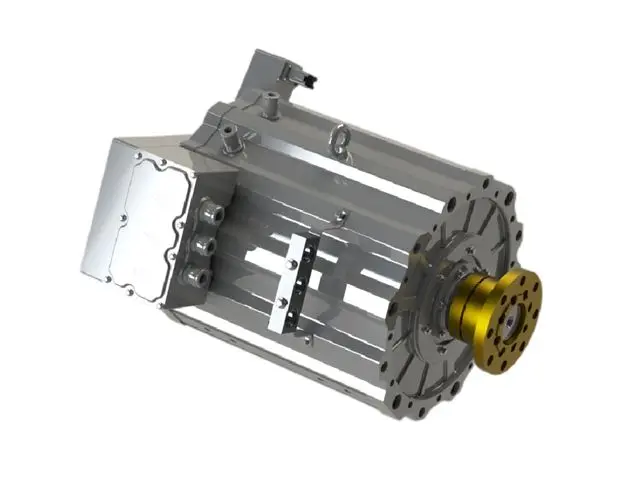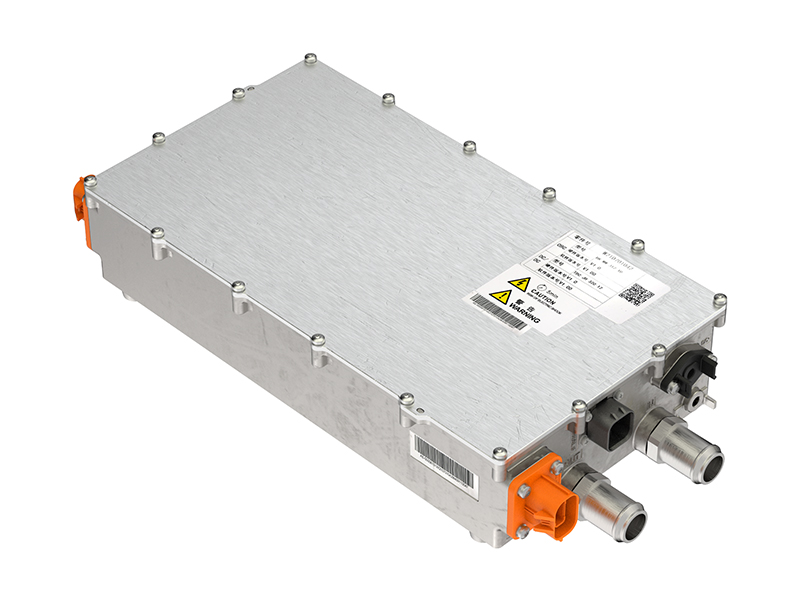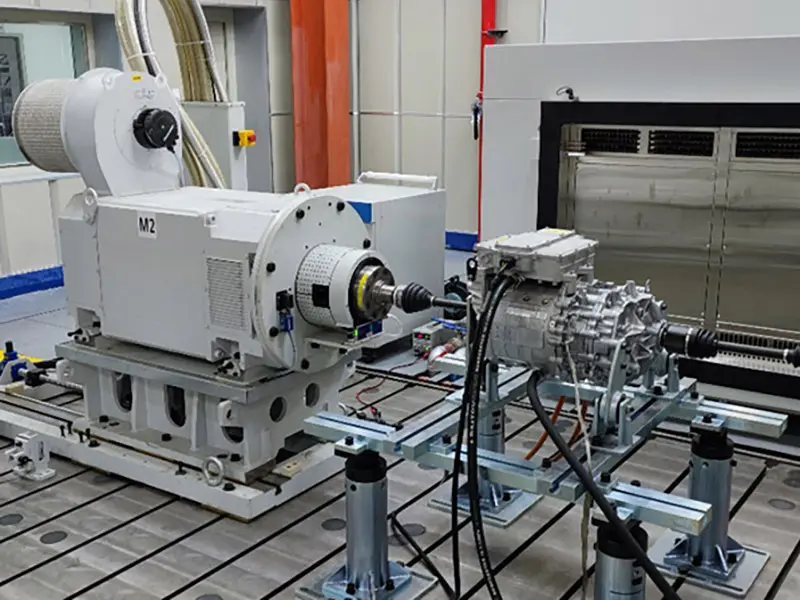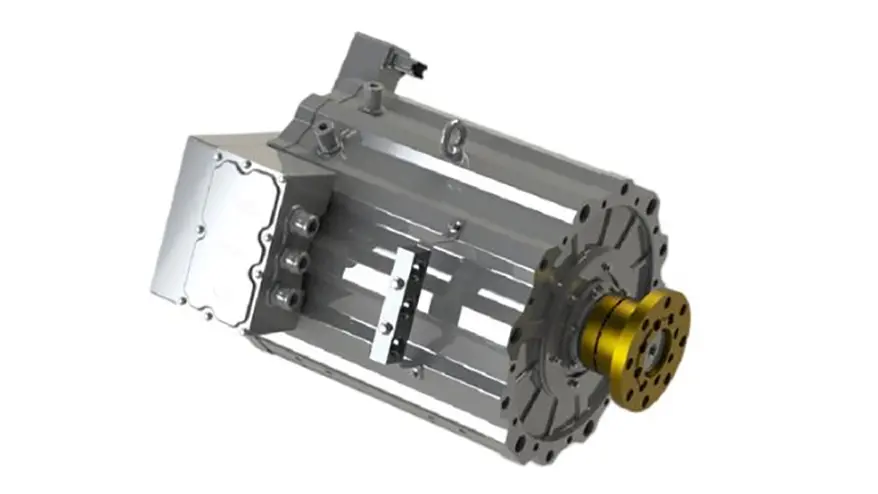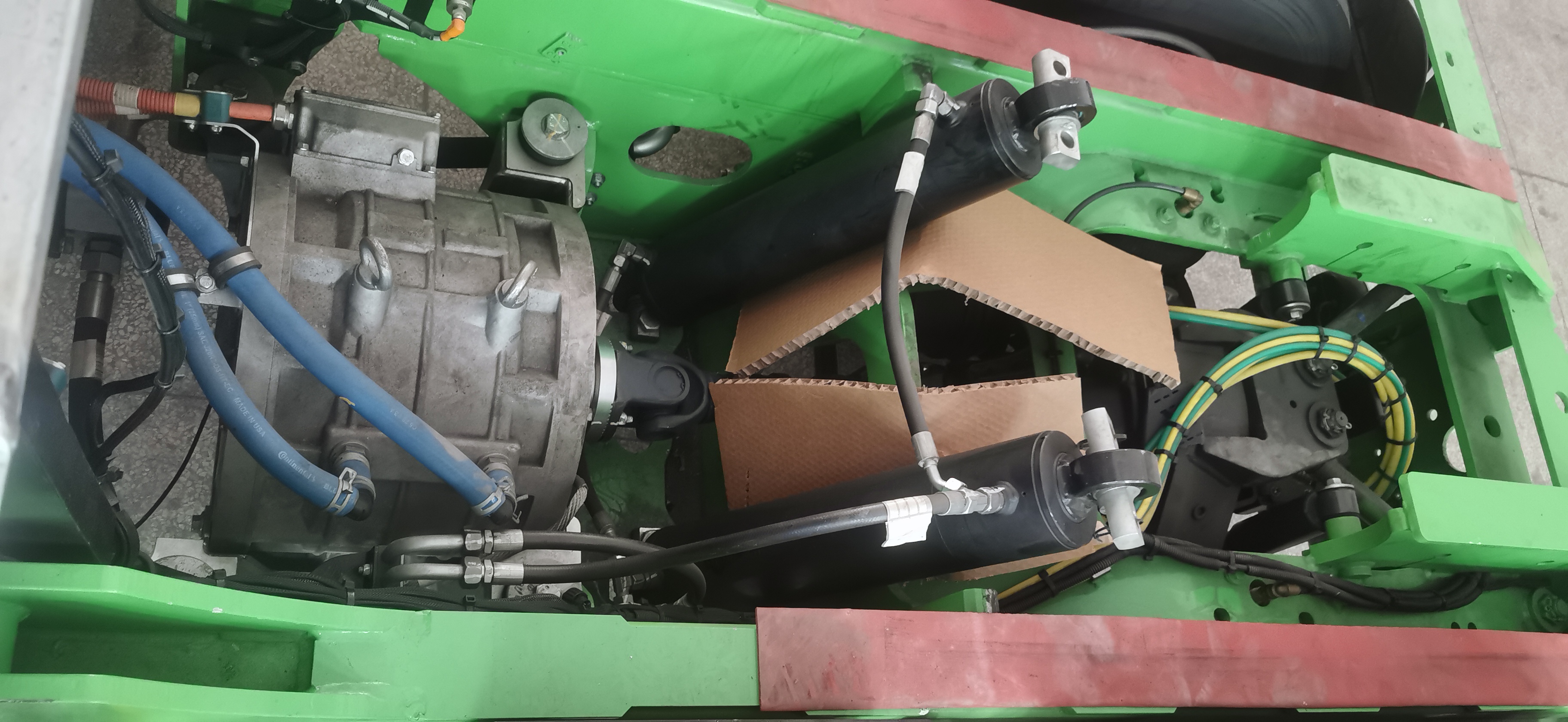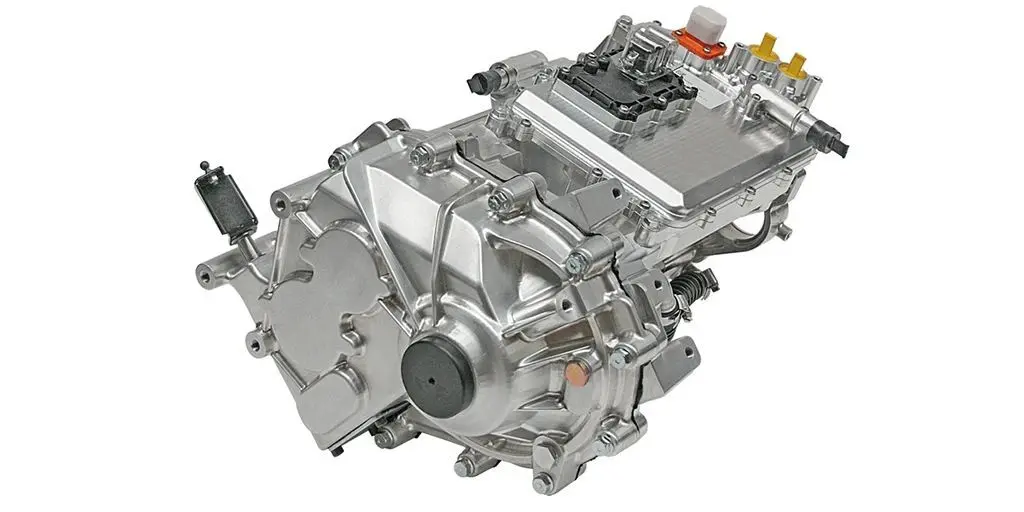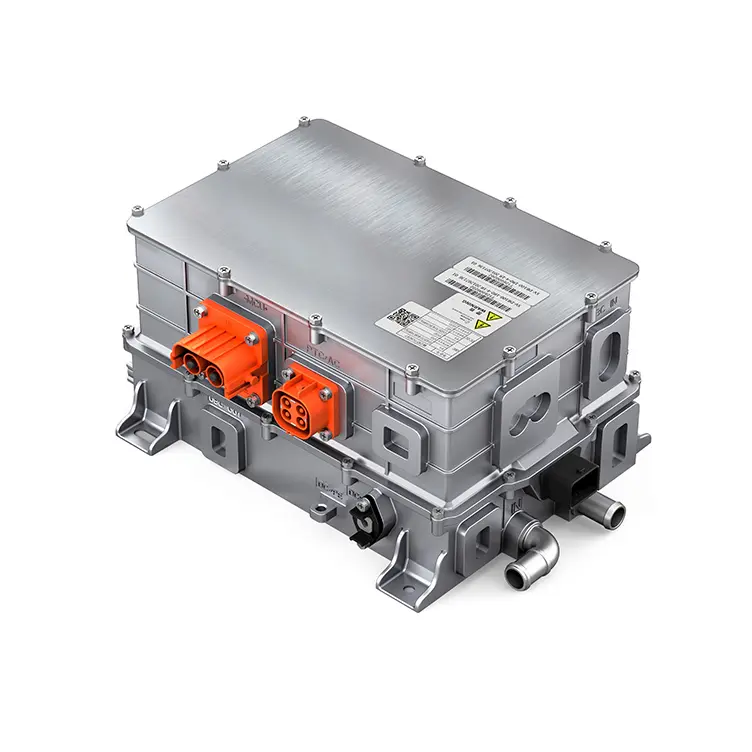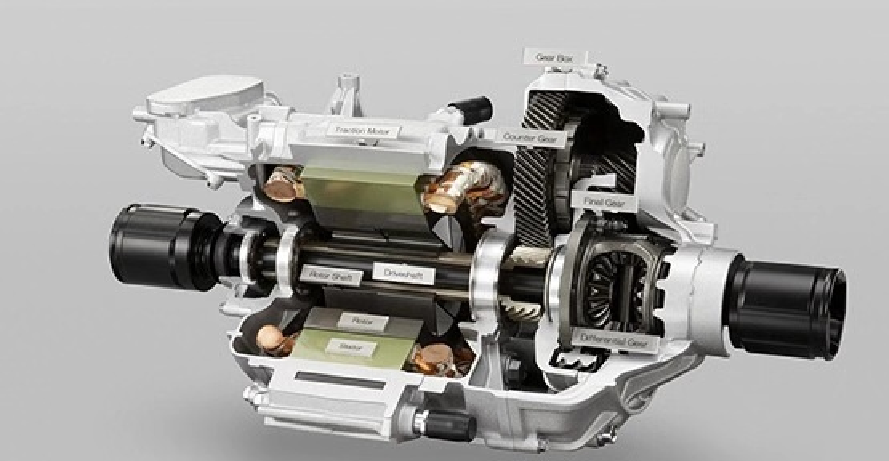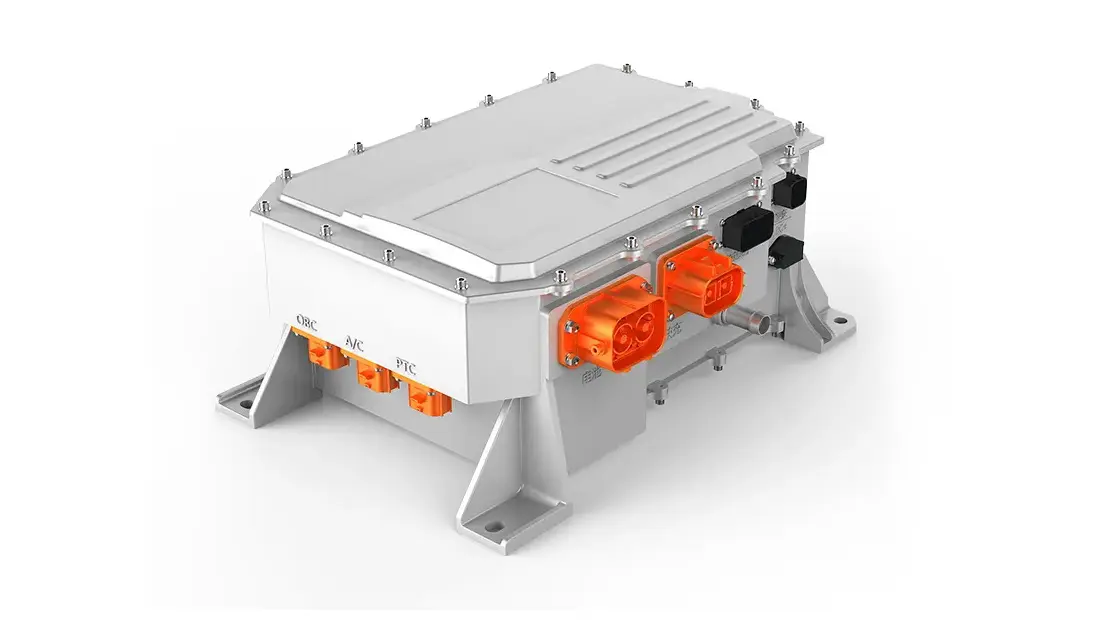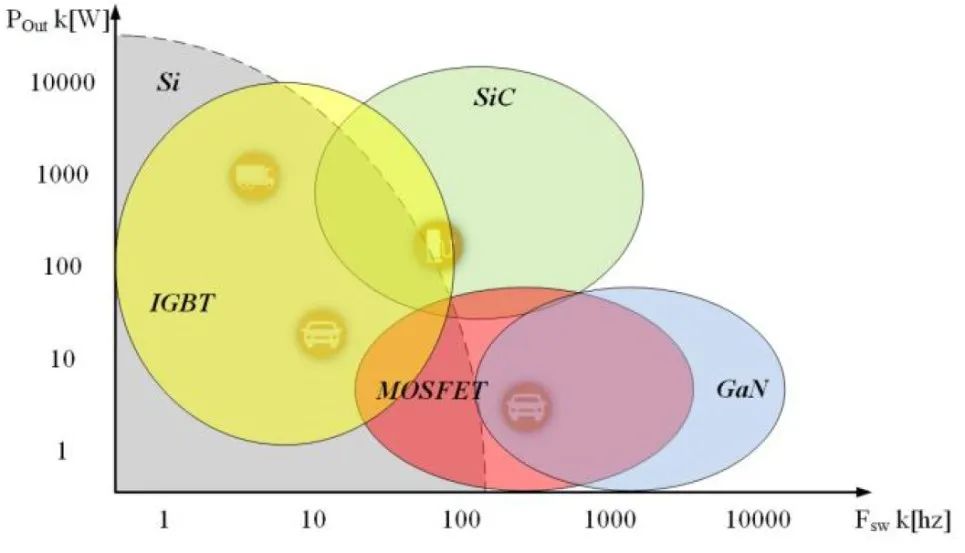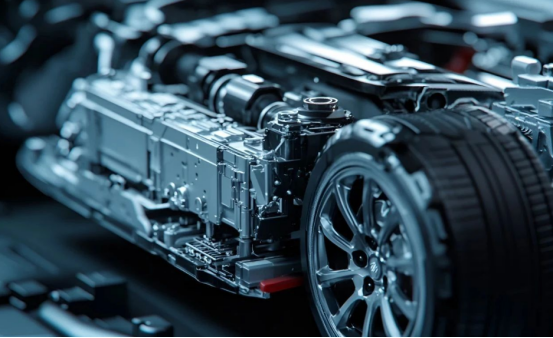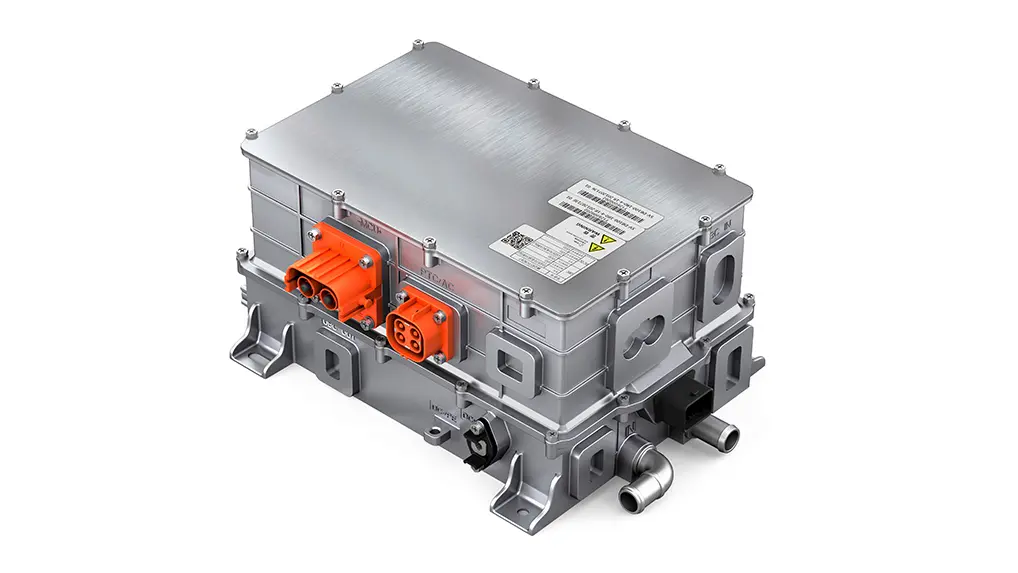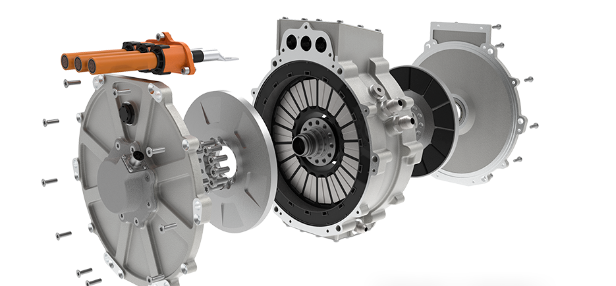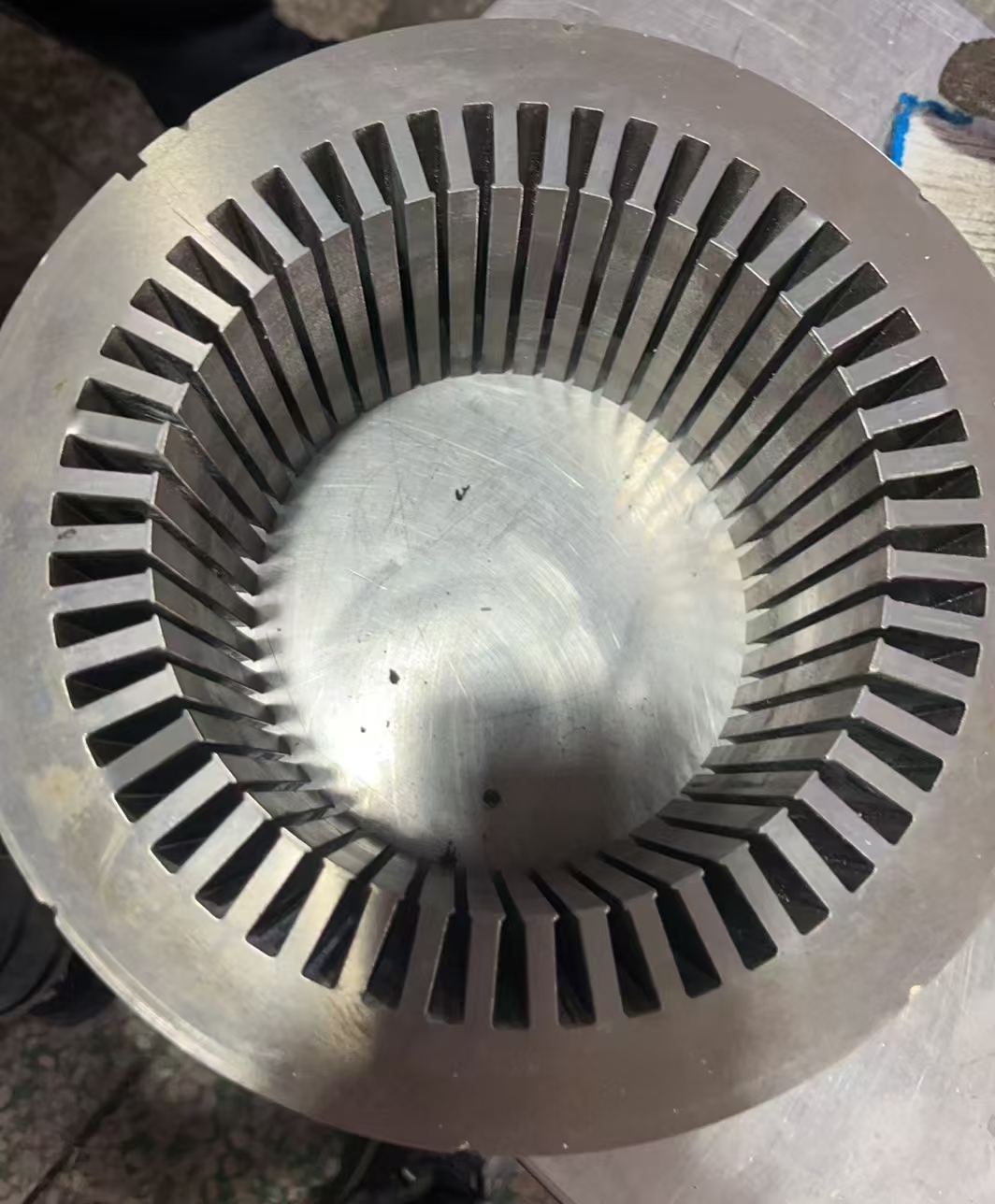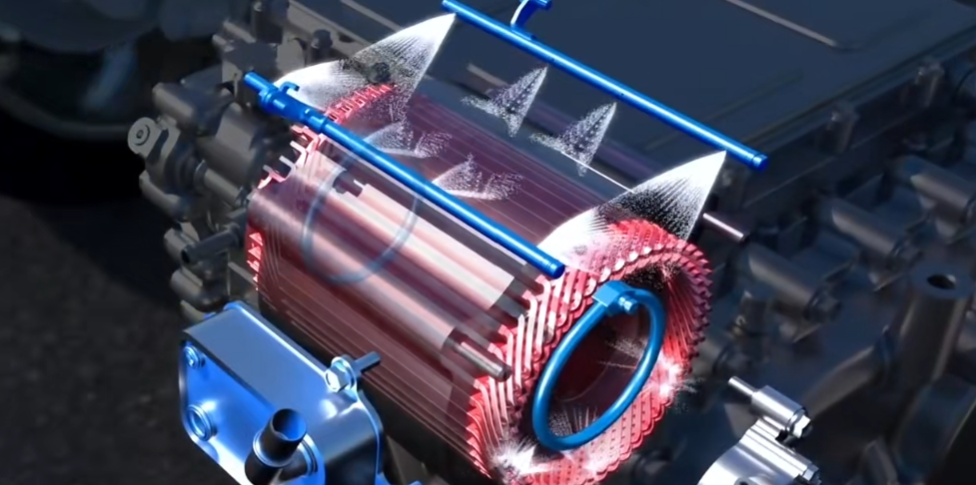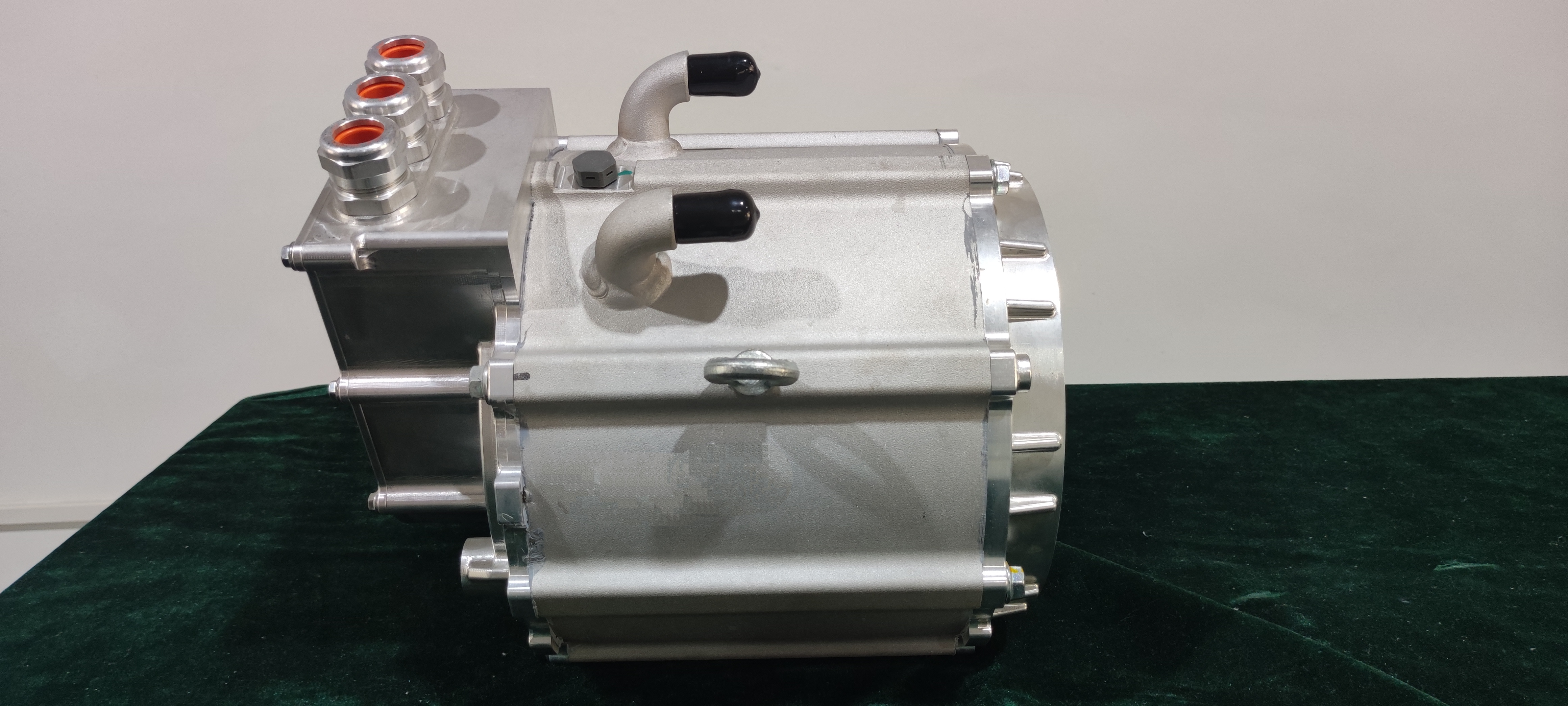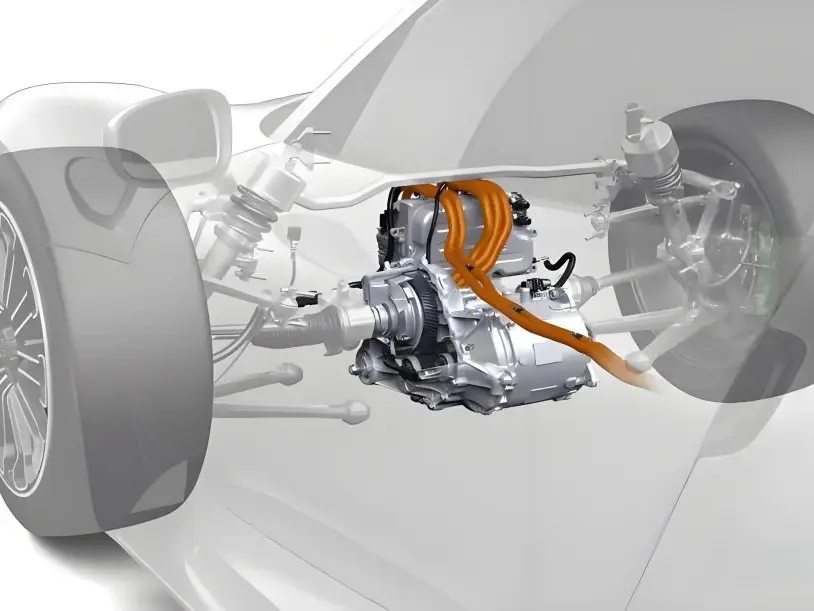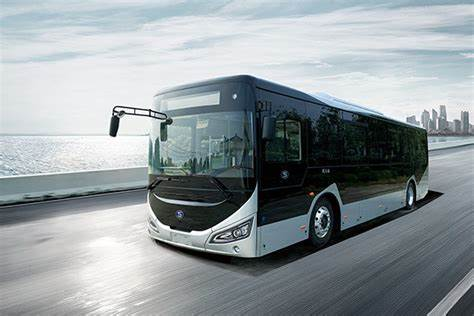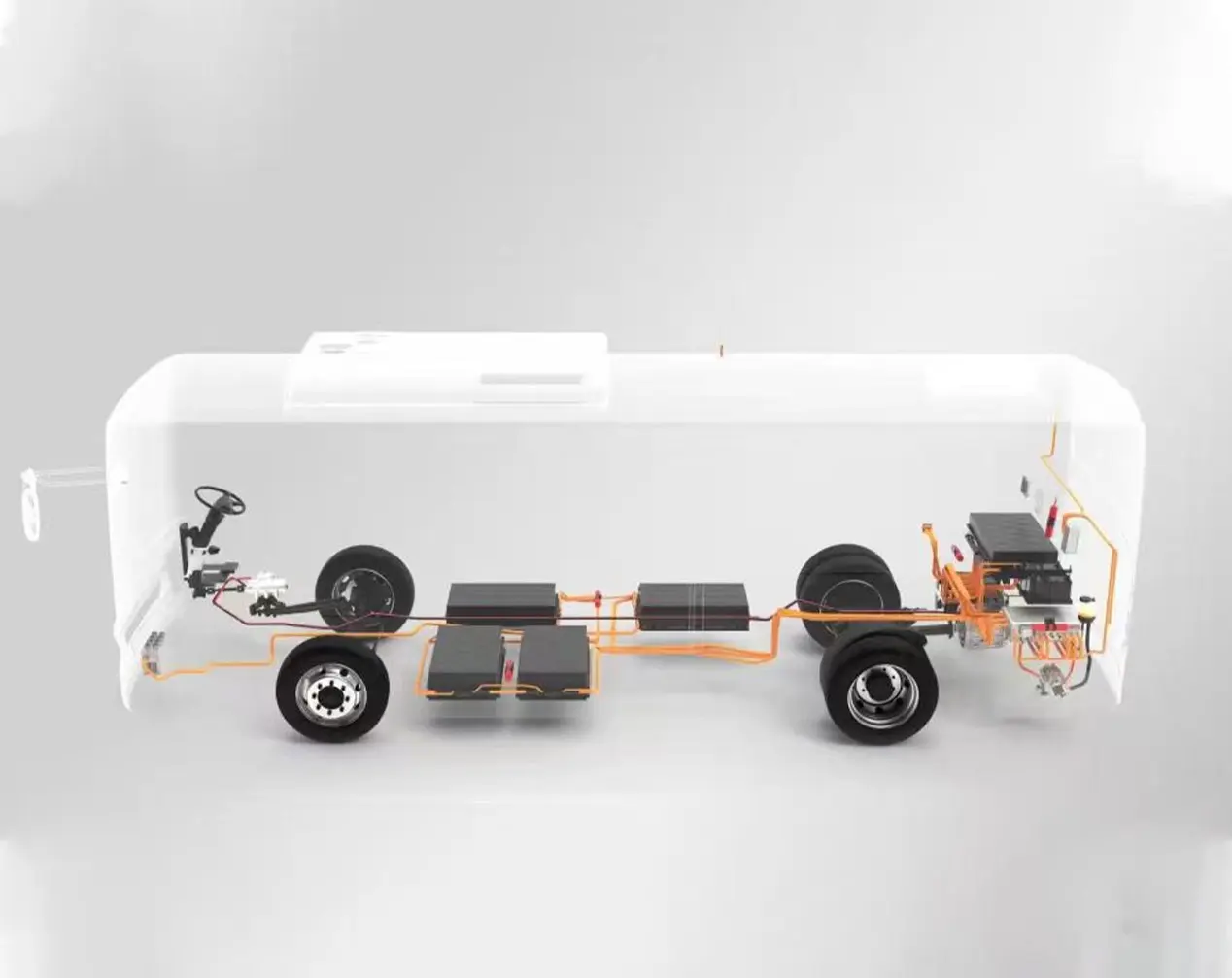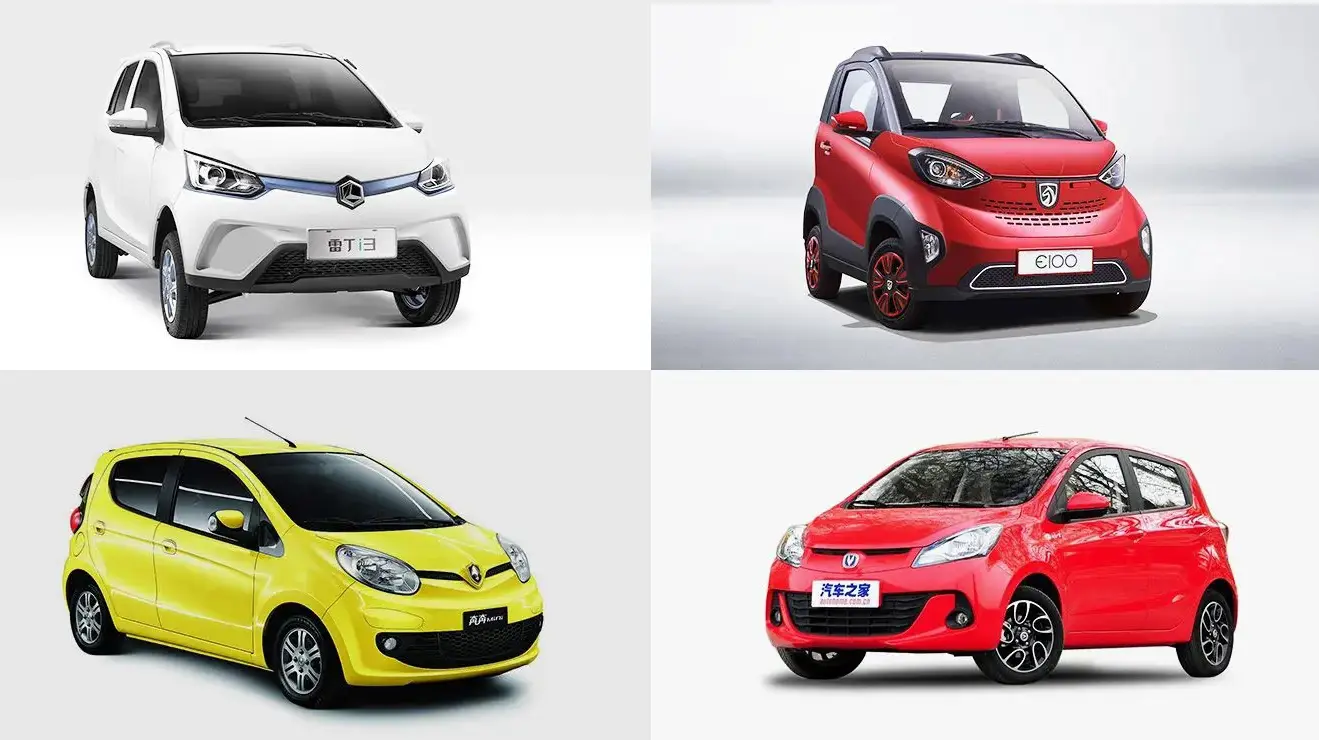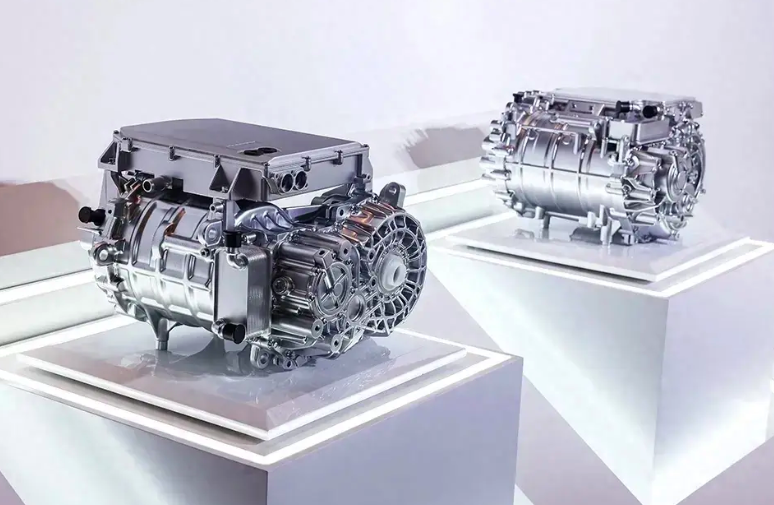Understanding Key Electric Car Components for Maximum Performance
The rise of electric vehicles (EVs) has transformed the automotive landscape, pushing engineers and enthusiasts alike to understand the intricate workings of electric vehicle components. Unlike traditional combustion engines, EVs rely on a suite of specialized parts that work in harmony to deliver efficiency, power, and reliability.
Choosing, maintaining, or upgrading electric car components can dramatically affect your vehicle’s performance, energy consumption, and driving experience. From battery packs and electric motors to thermal management systems and power electronics, each component plays a critical role.
In this comprehensive guide, we explore the key electric vehicle components that define maximum performance, offering detailed explanations, practical insights, and industry best practices.
Overview of Essential Electric Vehicle Components
Every EV is built around several core electric car components that collectively determine its functionality. The main systems include:
- Electric Motor – Converts electrical energy into mechanical motion.
- Battery Pack – Stores energy and powers the vehicle.
- Power Electronics – Includes inverters, DC-DC converters, and controllers to regulate voltage and current.
- Thermal Management System – Maintains optimal temperature for battery packs and electric motors.
- Regenerative Braking System – Recovers energy during deceleration to extend driving range.
- Chassis and Drivetrain Integration – Connects power systems to wheels, ensuring smooth operation.
A deep understanding of these electric vehicle components enables engineers and car enthusiasts to optimize performance, troubleshoot issues, and make informed upgrades.
Electric Motors: Heart of Your Electric Car Components
The electric motor is the primary source of propulsion in EVs, effectively replacing the internal combustion engine. There are several types of motors used:
- Permanent Magnet Synchronous Motors (PMSM) – Known for high efficiency and power density, widely used in modern EVs.
- Induction Motors – Offer robustness and cost advantages, as seen in certain Tesla models.
- Brushless DC Motors (BLDC) – Provide precise control and long lifespan with minimal maintenance.
Key factors to consider when evaluating electric car components include:
- Torque Output – Determines acceleration and load-carrying capability.
- Power Rating – Measured in kW, it influences top speed and performance.
- Efficiency Curve – Impacts energy consumption and vehicle range.
Well-designed electric vehicle components such as high-efficiency electric motors not only improve driving dynamics but also contribute to longer battery pack life and reduced operating costs.
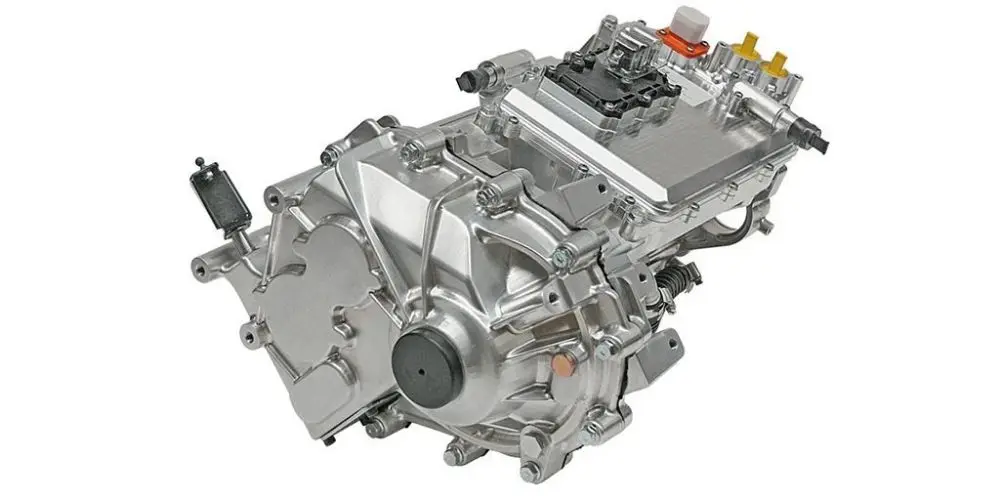
Battery Packs and Energy Storage for Electric Vehicle Components
Battery packs are arguably the most critical electric car components. They determine the driving range, performance, and reliability of the vehicle. Modern EVs typically use lithium-ion battery packs, but emerging technologies like solid-state batteries are gaining traction.
Key considerations:
- Capacity (kWh) – Directly correlates with driving range. Higher capacity packs allow longer trips but add weight.
- Voltage and Current Ratings – Must match the electric motor and power electronics specifications.
- Battery Management System (BMS) – Monitors cell voltages, temperatures, and health to prevent overcharging or deep discharge.
- Thermal Management – Essential to prevent overheating, which can degrade performance and lifespan.
A well-integrated battery pack, combined with other electric vehicle components, ensures the vehicle performs optimally under varying loads and environmental conditions.
Power Electronics and Controllers in Electric Car Components
Power electronics are vital electric vehicle components that control the flow of electricity from the battery pack to the electric motor. They include:
- Inverters – Convert DC from the battery pack into AC to drive the electric motor.
- DC-DC Converters – Step down high-voltage battery output to power auxiliary systems like lights, infotainment, and sensors.
- Motor Controllers – Regulate speed, torque, and efficiency by adjusting voltage and current in real time.
Properly designed power electronics maximize efficiency, improve responsiveness, and protect sensitive systems from voltage spikes or thermal stress. Without reliable electric car components in this category, even a high-capacity battery pack and powerful electric motor cannot deliver optimal performance.
Regenerative Braking and Efficiency in Electric Vehicle Components
The regenerative braking system is an innovative electric car component that captures kinetic energy during braking and converts it back into electrical energy, which is stored in the battery pack. This system improves overall efficiency and extends driving range.
Key points:
- Energy recovery depends on motor type and power electronics.
- Optimized regenerative braking enhances battery longevity and reduces wear on mechanical brakes.
- Integrated systems must communicate with motor controllers and BMS for safe and efficient operation.
Incorporating advanced regenerative braking is essential for maximizing performance and energy efficiency in modern EVs.
Thermal Management Systems for Electric Car Components
Maintaining optimal temperatures is crucial for all electric vehicle components, especially battery packs and electric motors. Thermal management affects performance, safety, and component lifespan.
Key elements:
- Liquid Cooling Systems – Circulate coolant to absorb heat from battery packs and motors.
- Air Cooling – Less complex, suitable for lower power systems.
- Heat Sinks and Fans – Common in power electronics and DC-DC converters to dissipate heat.
- Temperature Sensors – Integrated with BMS for real-time monitoring.
Effective thermal management ensures that electric car components operate within safe parameters under high loads or extreme environments.
Chassis, Suspension, and Drivetrain Integration of Electric Vehicle Components
The interaction of electric car components with the chassis and drivetrain is crucial for performance and safety.
- Drivetrain Layout – Front, rear, or all-wheel drive affects how electric motors deliver power to wheels.
- Suspension Tuning – Accommodates weight distribution of battery packs.
- Structural Integration – Ensures thermal management systems, power electronics, and battery packs are securely mounted and cooled.
Well-integrated electric vehicle components lead to superior handling, ride comfort, and overall vehicle stability.
Future Trends in Electric Vehicle Components
Emerging trends in electric car components are shaping the next generation of EVs:
- High Power Density Motors – Smaller yet more powerful electric motors.
- Solid-State Batteries – Higher capacity, safer battery packs.
- Wide-Bandgap Semiconductors – Improve efficiency in power electronics.
- Digital Control Systems – Smarter motor controllers and energy management.
- Integration and Modular Designs – Combine multiple electric vehicle components into compact modules.
These trends indicate that future EVs will be more efficient, powerful, and adaptable.
Comparison Table of Key Electric Car Components
|
Component |
Function |
Common Applications |
Key Considerations |
|
Electric Motor |
Converts electrical energy to motion |
Propulsion, torque generation |
Torque, efficiency, power rating |
|
Battery Pack |
Energy storage |
Driving range, energy supply |
Capacity, BMS, thermal management |
|
Power Electronics |
Controls energy flow |
Inverters, DC-DC converters |
Efficiency, protection features |
|
Regenerative Braking |
Energy recovery |
Range extension |
Motor type, integration with BMS |
|
Thermal Management System |
Temperature control |
Battery packs, motors |
Cooling method, sensor integration |
FAQ – Electric Car Components
Q1: What are the most critical electric vehicle components?
The electric motor, battery pack, power electronics, thermal management, and regenerative braking system are all vital for performance.
Q2: Can one battery pack power multiple devices in an EV?
Yes, as long as the DC-DC converters and controllers can handle the load safely.
Q3: What’s the difference between electric motors in EVs?
PMSM motors are efficient and powerful, induction motors are robust and cost-effective, while BLDC motors offer precise control.
Q4: Why is thermal management important for electric vehicle components?
It prevents overheating, maintains efficiency, and prolongs the lifespan of battery packs and electric motors.
Q5: Are regenerative braking systems necessary?
Not strictly, but they improve energy recovery, extend range, and reduce brake wear.
Q6: How do power electronics affect EV performance?
They regulate energy flow, ensuring electric motors receive the right voltage and current, improving overall efficiency.
Conclusion
Selecting and understanding the right electric vehicle components is essential for achieving maximum performance in EVs. From battery packs and electric motors to power electronics, thermal management, and regenerative braking, each component plays a crucial role in efficiency, safety, and driving experience.
By applying the insights in this guide, engineers and enthusiasts can optimize their EVs, avoid common mistakes, and prepare for future innovations in electric car components.
A well-designed EV is not just about one part—it’s about the harmonious integration of all electric vehicle components.









